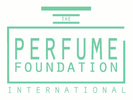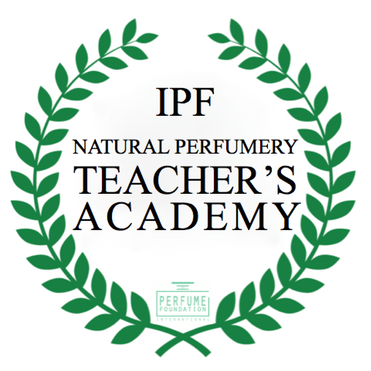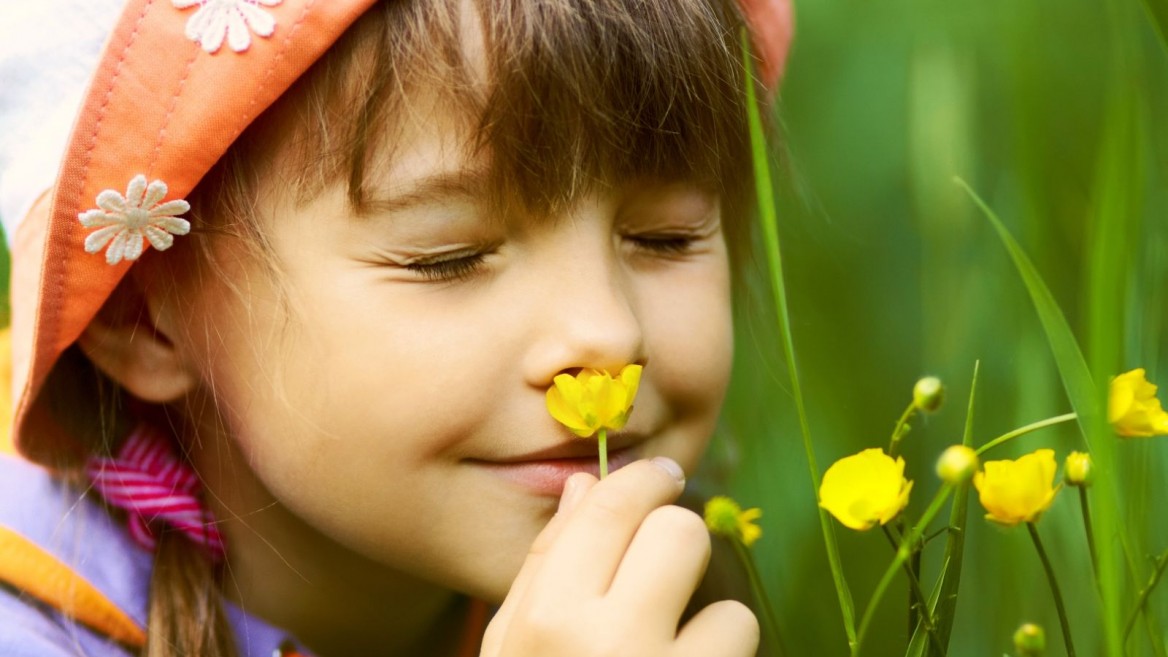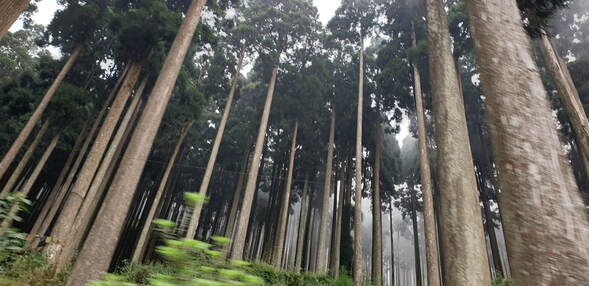|
By Creezy Courtoy, Anthropologist and Olfaction Expert OUR CHILDREN OLFACTORY SENSE The Olfactory Sense is the First Sense to Begin Development in the Fetus I have always been fascinated by olfaction, which is why I spent time studying gorillas. Like gorillas that use 100% of their olfactory sense, newborns have the same powerful sense of olfaction. Olfaction is the most powerful sense of all their senses. It is the first sense to begin development in the fetus, and arrives at maturity before all the others. Immersed in amniotic liquid, the fetus swims in a bath of emanations and swallows four to five quarts of flavored water per day. Newborns See With Their Nose The first odor discerned by newborns is the smell of their mother, and it is that smell which will determine their behavior towards others. The olfactory sense of newborns is certainly their most developed sense. It guides the child, and the messages they receive make them feel secure. Only a few days after their birth, babies begin using their noses to receive all emanations passing around them. Their smell is so sharp that they encounter all odors, even those we are no longer able to smell. Their olfactory sense is more sensitive than that of an adult. Even though they do not yet know how to express themselves verbally to communicate their senses, newborns react to odors through motor reactions of the respiratory or cardiac rhythm changes. Babies less than two weeks old orient themselves automatically towards maternal odors. They are dependent on their mother's constant attention to feel psychologically well. They will learn to recognize their mother by her smell, which they will prefer to any other smell and will bond to it; this process gives them the security they need to live. This is why we can say ”newborns see with their nose”. The First Years of a Child's Life Are Very Critical.
The olfactory sense, (and instinctive sense, considered as too animal-like), was almost entirely rejected by our society. In our present adult environment sight prevails over all other senses. Human beings have lost their olfactory sense and must learn to smell again. Olfaction is a very important sense in the harmonization of human beings because to feel good, we need all of our senses to be in balance. If the olfactory sense is not maintained, it progressively disappears sometimes completely when approaching old age. It is only lately that our society is realising how important the sense of smell is. Still, many parents and educators do not pay much attention to their own sense of smell and are not teaching their children to do so. This is why, I have put in place a Children Olfactory Preservation Program starting at 4 months, when babies start eating solid food. The first years of a child's life are very critical. Children’s sensory experiences help them build a bundle of emotions and sensations that gives them tools to grow and develop in harmony. It is necessary to help babies and young children preserve their olfactory habits. How Can We Engage Kids To Preserve Their Olfactory Instincts in This Visual And Auditory Civilization? How can we recreate olfactory education and re-develop olfactory habits? Les Ateliers des Petits Nez (Workshops for Little Noses) have been especially created to teach babies and children how to preserve the power of their olfactory sense. The International Perfume Foundation previously tested this Children Olfactory Preservation Program in nurseries and kindergartens. Today I am giving lectures on this subject, and I have created an Online MasterClass to teach young parents, grandparents, educators, nurseries, kindergartens and schools to accelerate this movement. Our children are our future, they need to feel good and to feel secured to face the challenges of this changing world.
4 Comments
By Siri Kudaravalli, Certified Natural Perfumer, owner of the brand Xila Apothic and student in Olfaction Training Based on one exercise in the Olfaction Training Course, my inspiration for the week is from the Mighty Himalayan Mountains in India. My travels to these Majestic and Sacred Mountains reconnected me to nature. The aroma of pine trees, teak and cedar woods, Birch, Junipers, and indigenous shrubs was enchanting. The same soil smelled different at differently times of the day. Morning dew brought out a different aroma in the soil compared to the afternoon's sun-baked soil. The stillness of the mountains, the silence and solitude surrounding it calmed my mind and this inner peace sensitised and connected me to smells that would have normally eluded my olfactory sense – of clouds, fog, dew, various smells emanating at different altitudes of the Himalayas ranging anywhere between 1000 to 6000 meters, based on the climatic conditions, soil, water, rocks, flora and fauna. Some areas had the smell of fresh rain, some grassy, some smoky, some woody, some floral, some fruity, some metallic and that of the local animals at various heights – cows, wild yaks, Himalayan tahrs, marmots, wild dogs and musk deers. The various lakes at different heights also had their own distinctive smells based on the glaciers they were fed from and the hyperlocal flora & fauna surrounding them. The trip was a feast to all my senses, but this time I was more attuned to the Olfactory one and discovered novel and wonderful smells. I was thoroughly rejuvenated and enriched by the whole experience and have a new appreciation for the splendid smells the mountains have to offer, which I will delightfully capture in my Creations.
|
Archives
March 2024
Categories
All
|
- Home
- About
- Why choosing us
- Mission
- Academicians
- IPF Certification
-
COURSES
-
MASTER CLASSES
- Teaching Methodology
- Natural Raw Material Extraction Methods >
- Natural Candle Making
- Healing Gardening
- Sustainable Oud MasterClass
- World Perfume History Master Class
- Scent Design and Formula Building >
- Fragrant Botany & Chemistry >
- Perfume Design, Concept and Storytelling
- French Natural Aromachology #1
- French Natural Aromachology #2
- Olfaction Training for Children
- Accords - Musks
- Accords - Chypre
- Accords - White Florals 1
- Accords - Fougeres and Aromatics
- FRAGRANCE DEVELOPMENT
- SPEAKERS
- EXHIBITIONS
- Partners
- Blog
- Contact









 RSS Feed
RSS Feed
